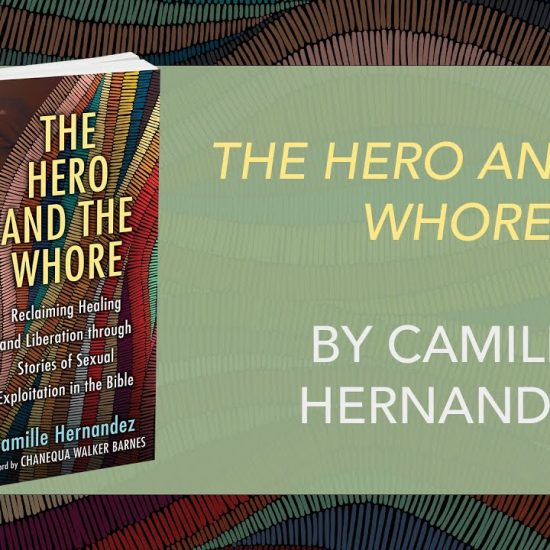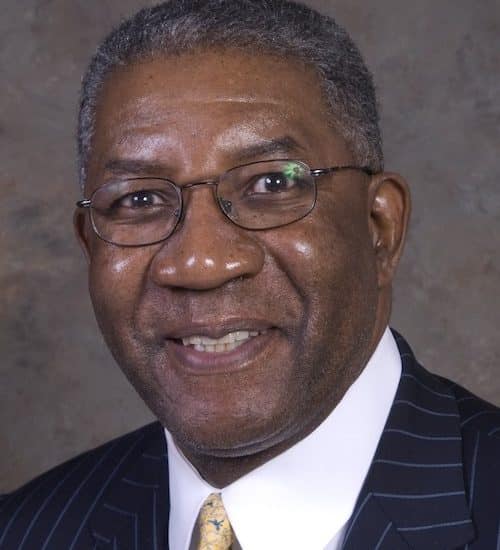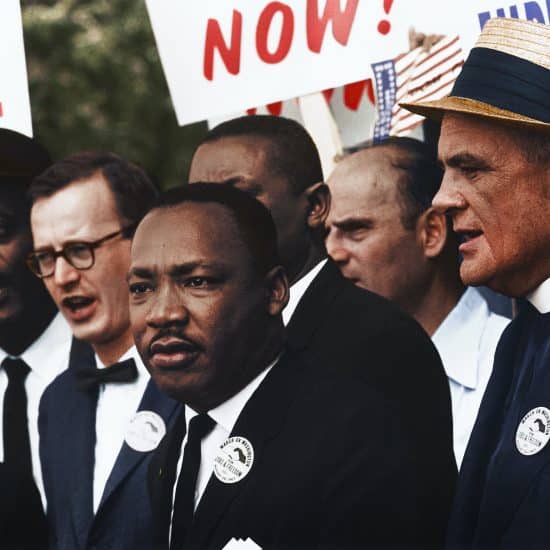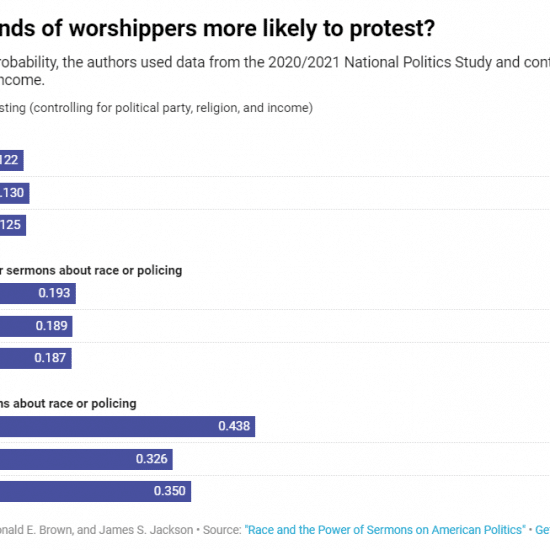The woman sobbed quietly into her hands for a few minutes. Composing herself as best she could, she looked into the eyes of the 18-year-old.
"I forgive you," she declared. "But you are going to have to prove to me and to the community that you won't do something like this again." This scenario is the heart of restorative justice–an opportunity to restore broken relationships, to stop destructive behaviors early and to repair as much of the harm done to victims as possible.
But the definition and focus of this form of redress for crime depend upon who leads the effort. Some state governments and ministries deal primarily with legislation. Some focus on victims; others include all prison-related ministries and outreach efforts.
The Restorative Justice Ministry Network of North America is considered among the leading authorities on the concept in the United States. Emmett Solomon began the ministry shortly after retiring as director of chaplains for the Texas Department of Criminal Justice in 1993. He wanted to provide a network for all individuals and churches doing any form of jail and prison ministry.
The network now includes more than 60,000 people, ministries and churches. Solomon helps facilitate connections among ministries and the Texas system, and he offers restorative justice conferences and training throughout the year.
His ministry also provides services at one of Texas’ most well-known prison facilities—the Huntsville Unit. His network website lists all member ministries from across North America and their contact information.
Restorative justice, according to Solomon, is a systematic response that emphasizes healing of the victim, the community and the offender. The network encourages programs that focus on repairing the harm done, involve all parties affected and help transform the current judicial system by getting the community more directly involved in government solutions.
Solomon encourages each ministry or person interested in applying restorative justice concepts to answer questions that touch the three aspects of each crime:
• What will it take to restore the peace in the community broken by the crime?
• What will it take to restore the victim’s autonomy?
• What will it take to restore the offender to the community?
Regardless of the approach—victim, offender or community—the restorative justice concept ultimately targets change at the corrections system itself.
The Restorative Justice Ministry Network cites a Parade magazine story that estimates the U.S. prison population at 2.3 million, nearly five times the world average. Currently, the U.S. system tends to focus on retributive justice—the Old Testament eye-for-an-eye concept—in which an offender pays for the crime by living behind bars.
Not only is the incarceration rate higher, but under the current U.S. system, offenders also are likely to commit additional crimes once released. In December 2007, the U.S. Justice Department predicted two-thirds of released prisoners would commit a crime within the first three years.
Lynn Humeniuk, director of the criminal justice program at Howard Payne University in Brownwood, believes the retributive approach contributes to recidivism.
“What is not restorative justice is sending a drug offender (possession of marijuana) to prison for several years. It might take that person off the streets but probably will make them a better criminal,” she said.
Solomon also believes the incarceration rate proves retribution or revenge-based punishment doesn’t work. The restorative justice philosophy does not let criminals go free. Instead, it holds the offender accountable and provides a means for him or her to repay the debt. It also provides opportunities for the offender to change his or her attitudes toward community and tries to help build or restore the bonds between the offender and his or her family and social group.
Government response
Several state governments have implemented restorative justice practices, often relying on assistance from not-for-profit and faith-based organizations. Most state governments seem to allow some form of restorative justice activity or ministry. About half provide some funding or programming. And at least 21 states offer victim/offender dialogs and reparative activities, according to Jeananne Markway, re-entry/restorative justice coordinator for the Missouri Department of Corrections.
Missouri was one of the first states to implement restorative activities as program options for offenders in all its adult facilities. Inmates at each institution can choose to participate in programs either initiated by outside groups or supported by donations from those groups.
Each year since 1997, more than 14,000 offenders have provided about 200,000 volunteer hours to assist several agencies and victims. Offenders make quilts, wooden toys, educational materials and other items, and participate in several additional projects.
“We remind everyone to bring it back to the victim,” Markway explained.
Programs are not forced on offenders. Instead, they must participate willingly.
“Inmates are attracted to and willing to work for the elderly and children,” she added.
Colorado also provides some resources for restorative justice. The state offers a facility for its program, known as the Longmont Community Justice Partnership. Inmates who are willing to take responsibility for their crime are sent to Longmont, where they are given an opportunity to meet their victims and/or representatives from the community.
They learn the impact of their crime and agree to conditions to repair the harm they caused. According to Colorado’s statistics, an average of 90 percent of those who enter it and sign an agreement complete the program and are accepted into their communities. The average rate of re-arrest stands at only 10 percent.
Missouri gives all crime victims an opportunity to make a statement to the court about the crime’s impact on their lives and families. Victims also are granted an opportunity to speak to the Impact of Crime on Victims classes for offenders.
The 40-hour curriculum is divided into 10 classes that help offenders develop sensitivity to victims, respect for the rights of others and an understanding that actions demand accountability.
“The class helps them see the ripple effect,” Markway explained. “Victims share their stories about what the crime has done to them. … Victims play a very important role … to let offenders know the impact and the pain their crime has caused.”
Offenders “must learn that they have to make choices … and that there is no justification for any crime—not abuse, not poverty, nothing that they have gone through. So many started out as victims themselves. They have to discover that there are positive ways to get help,” she added.
Many states, including Missouri and Texas, allow victims to speak directly to the offender. Usually, victims must initiate any meeting, and each side must agree to it. Often, the meeting will open additional dialogue between attorneys and prosecutors. Sometimes the session will help direct sentencing.
The Texas Legislature also has responded to restorative justice efforts. During the last session, legislators increased funding for drug court programs and expanded opportunities for more regional drug court programs. They also created a Veterans Division Court Program to deal more effectively with offenders whose actions can be linked to brain damage or mental illness caused by military service.
Most states that offer programs rely on some sort of funding through the groups that assist. Most restorative justice programs in Colorado raise money through outside donations.
In Missouri, the system relies on groups to contribute necessary materials, even for items donated to public schools. Kid Smart, a St. Louis-area organization, provides the raw materials for inmates to create school supplies such as flash cards, journals and other items.
People and groups donate fabric, yarn, thread, wood, nails and other supplies so inmates can create toys, backpacks and blankets for children or lap quilts for veterans’ hospitals.






